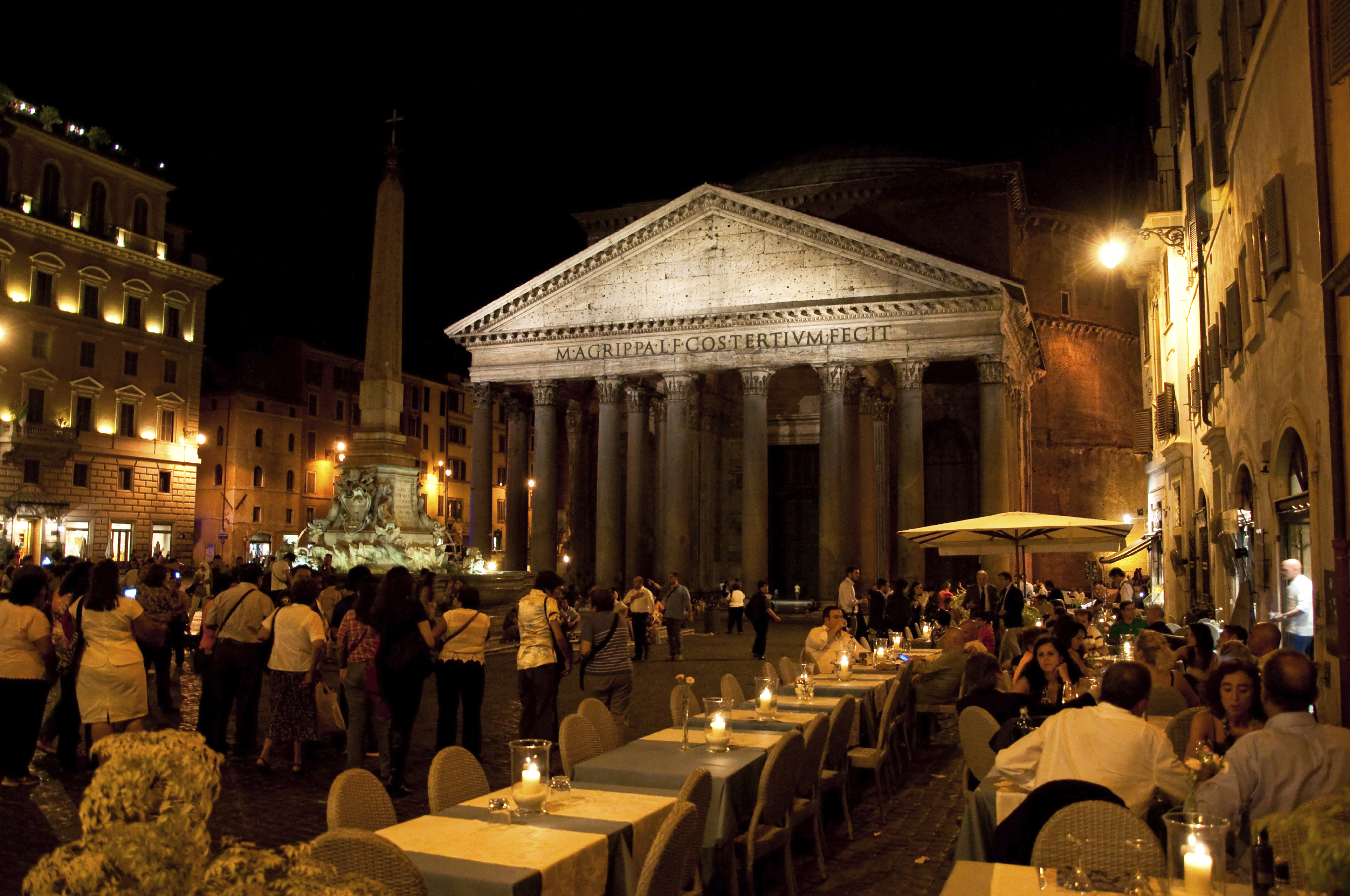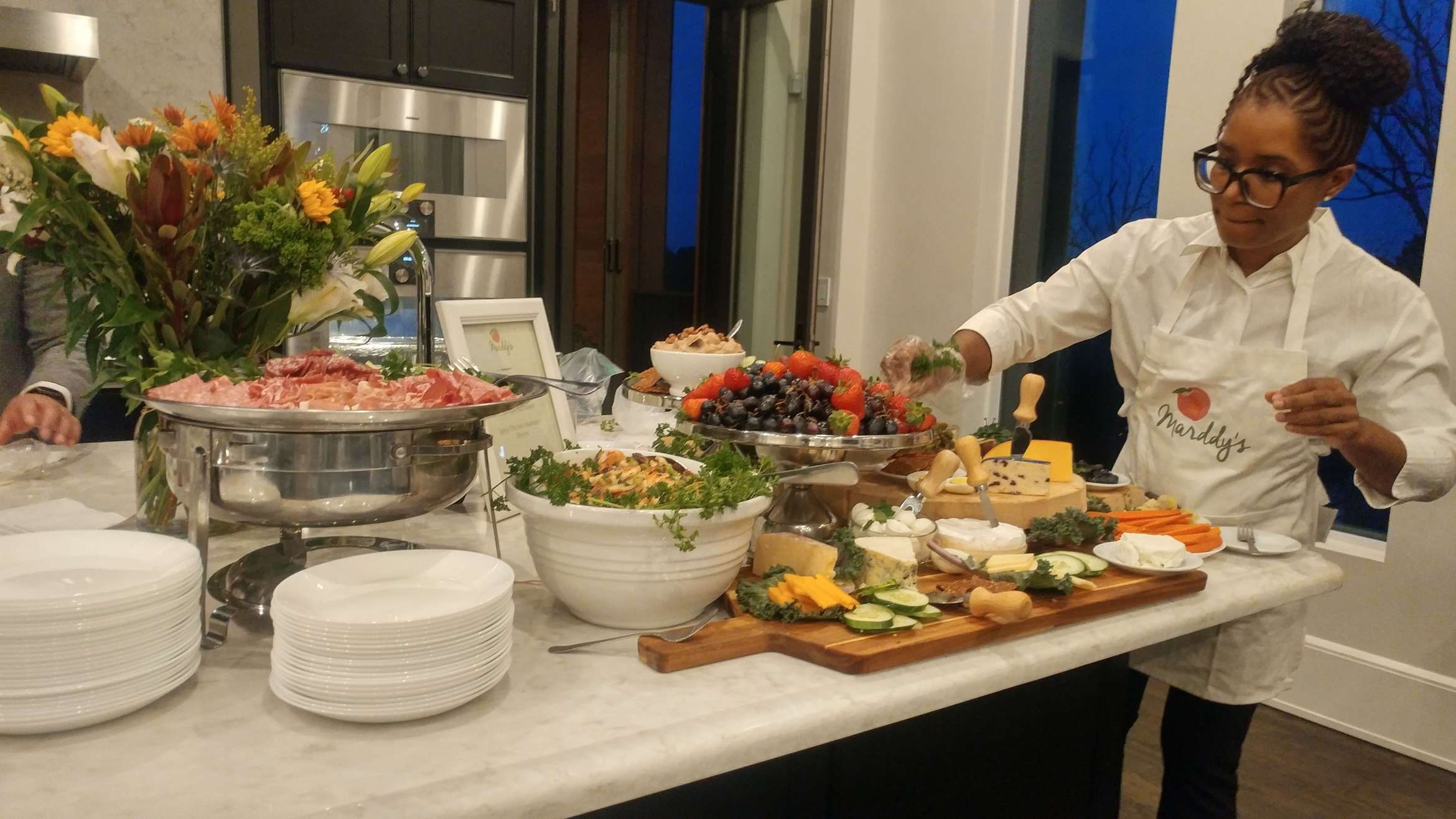The culinary world seems to discover a new dining trend every five minutes, but when it comes down to it, banquets haven’t changed all that much. There might be some inspiration and ideas event planners can learn from ancient Rome. I recently read this very entertaining and informative piece about history’s ten greatest banquets, and I was struck by what they had in common, all the way back to the days of Nero. They were once-in-a-lifetime events full of entertainment and surprise. They were opportunities for people to show off their wealth. But most importantly, whether it was dormice sprinkled with poppyseed or whole endangered ortolans, these historical events focused on the food.
We might draw the conclusion that food has united us and made us happy since the beginning of civilization. Serving meals is a time-honored tradition, the importance of which, in this era of brutal cost-cutting, we must not lose sight of.
What other traditions can we borrow from banquets of yore?
- Lavish dinnerware. Romans would reserve their finest cutlery and serving ware for their parties. They knew presentation was key, and a fine meal could be enhanced by the dish it was served upon.
- Comfort was key. Roman hosts would set out couches for reclining. We cram our guests into little chairs around a table. Which would you prefer?
- Lots of wine. Romans drank wine from start to finish. The trick? They would water it down so guests didn’t immediately get drunk. While I wouldn’t recommend mixing your Beaujolais with Poland Spring, cocktails can be made without so much liquor, and wine can be served alongside delicious non-alcoholic drinks.
- Fabulous entertainment. Roman hosts would put on shows with dancing girls, acrobats, and gladiatorial fights. I wouldn’t exactly encourage bloodshed in the ballroom (or, in most cases, nude girls running around), but there are plenty of awe-inspiring acts to keep guests’ eyes and ears amused.
- Many, many courses. We all have limited appetites, and the Romans solved this problem by leaving time to vomit in between courses. Again, not the best idea for today’s banqueters, but providing a number of small courses, spaced out enough for guests to digest, can create a more memorable night than one trip down the buffet line.
Just a few ideas and inspiration for your next event. If you are looking for opportunities to connect with tradition, try seeing what event planners can learn from ancient Rome.



